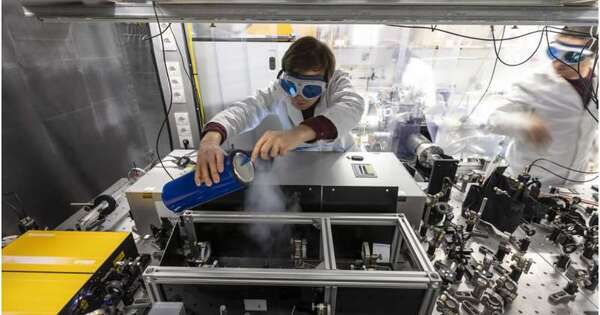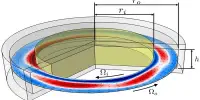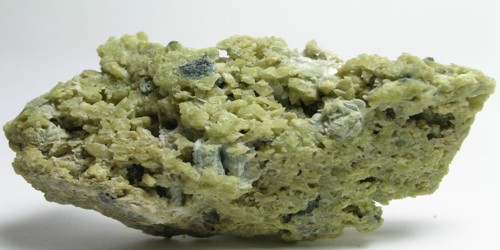A research team has created a broadband UV dual-comb spectrometer that can continuously assess air contaminants and analyze their interactions with the environment in real-time. The sun has a significant influence on chemical reactions. Its high-energy ultraviolet radiation, in particular, is strongly absorbed by all materials and causes photochemical reactions in the air. When UV light strikes nitrogen oxides, it produces ground-level ozone, which is a well-known example.
A research team lead by Birgitta Schultze-Bernhardt of the Institute of Experimental Physics at Graz University of Technology (TU Graz) is now using this high reaction potential to develop a new way of environmental monitoring. They created the world’s first broadband UV dual-comb spectrometer, which allows for continuous measurement of air contaminants and real-time observation of their interactions with the environment. A report about the development was just published in the journal Optica.
Dual-comb spectrometers have been around for nearly twenty years. A source generates light throughout a wide wavelength range, which, when grouped according to optical frequencies, resembles the teeth of a comb. If this light penetrates a gaseous material sample, the molecules within absorb some of it. The changing light wavelengths allow us to infer conclusions about the gas’s composition and optical qualities.
With our new spectrometer, formaldehyde emissions in the textile or wood processing industries as well as in cities with increased smog levels can be monitored in real time, thus improving the protection of personnel and the environment.
Birgitta Schultze-Bernhardt
Laser light pulses cause gas molecules to rotate and vibrate
The special feature of the spectrometer developed by Birgitta Schultze-Bernhardt is that a laser system emits double light pulses in the ultraviolet spectrum. When this UV light meets gas molecules, it excites the molecules electronically and also causes them to rotate and vibrate — so-called rovibronic transitions — which are unique to each gaseous substance.
In addition, the broadband UV dual-comb spectrometer combines three properties that conventional spectrometers have so far only been able to offer in part: (1) a large bandwidth of the emitted UV light, which means that a great deal of information about the optical properties of the gas samples can be collected with a single measurement; (2) a high spectral resolution, which in future will also enable the investigation of complex gas mixtures such as our Earth’s atmosphere; and (3) short measurement times when analysing the gas samples.
“This makes our spectrometer suitable for sensitive measurements by which changes in gas concentrations and the course of chemical reactions can be observed very precisely,” explains Lukas Fürst, PhD student in the Coherent Sensing working group and first author of the publication.

Developed and tested using formaldehyde as an example
The researchers developed and tested their spectrometer using formaldehyde. The air pollutant is produced when fossil fuels and wood are burned, as well as indoors through vapours from adhesives used in furniture.
“With our new spectrometer, formaldehyde emissions in the textile or wood processing industries as well as in cities with increased smog levels can be monitored in real time, thus improving the protection of personnel and the environment,” says Birgitta Schultze-Bernhardt,
The spectrometer’s application can also be expanded to include additional air pollutants such as nitrogen oxides, ozone, and other climate-relevant trace gases. The study team expects that this will yield fresh information regarding their effects in the atmosphere. Based on this, new techniques for enhancing air quality could be developed.
















